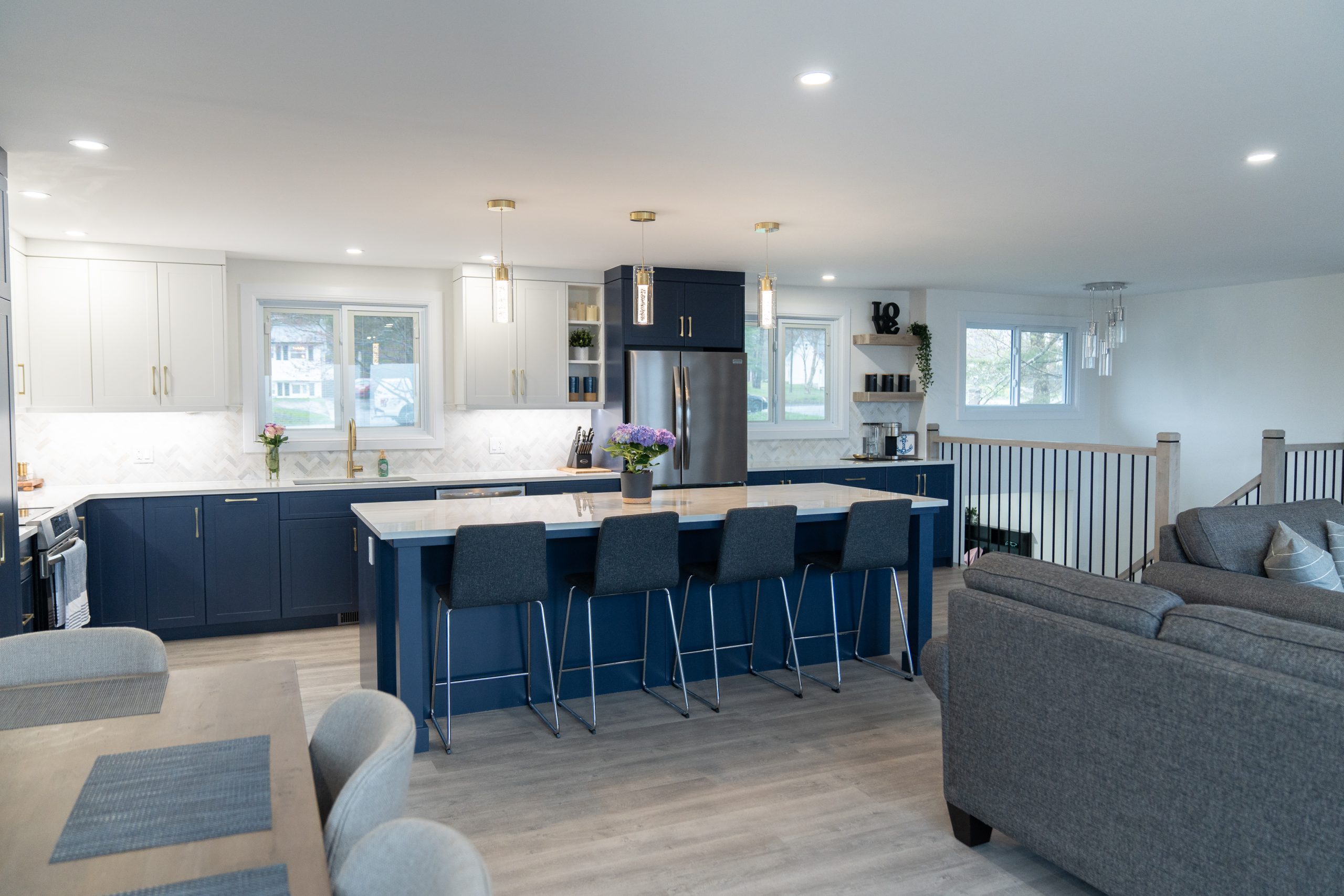Cosentino Earthic: Revolutionizing Sustainability in Surface Design
In the realm of architecture and interior design, innovation and sustainability are pivotal. The industry continually seeks materials that not only offer aesthetic and functional superiority but also align with the growing demand for environmental responsibility. Cosentino, a global leader in the production and distribution of innovative surfaces for architecture and design, has made significant strides in this area. One of their groundbreaking contributions is Cosentino Earthic, a product line that embodies the company’s commitment to sustainability and design excellence.

What is Cosentino Earthic?
Cosentino Earthic is a collection of high-performance surfaces designed with a deep focus on sustainability. This line integrates recycled materials and innovative production processes to minimize environmental impact without compromising on quality or design. Earthic surfaces are a testament to Cosentino’s dedication to creating products that are not only beautiful and durable but also environmentally responsible.
Key Features of Cosentino Earthic
- Sustainable Composition: Cosentino Earthic surfaces are composed of a significant percentage of recycled materials. By repurposing industrial waste and post-consumer materials, Cosentino reduces the demand for virgin resources and lowers the overall environmental footprint of their products. This approach not only conserves natural resources but also diverts waste from landfills.
- Innovative Production: The manufacturing process of Earthic surfaces incorporates advanced technologies that enhance efficiency and reduce emissions. Cosentino’s state-of-the-art facilities are designed to minimize energy consumption and optimize water usage, further contributing to the sustainability of the Earthic product line.
- Durability and Performance: Despite their eco-friendly composition, Earthic surfaces do not compromise on performance. They offer exceptional durability, resistance to stains and scratches, and low maintenance requirements. This makes them ideal for a variety of applications, including kitchen countertops, bathroom vanities, flooring, and wall cladding.
- Aesthetic Versatility: Cosentino Earthic surfaces are available in a wide range of colors, textures, and finishes, catering to diverse design preferences. Whether it’s a sleek, modern look or a more rustic, natural aesthetic, Earthic surfaces can complement any design vision.
- Certification and Compliance: The Earthic collection meets stringent environmental standards and certifications. Products in this line are certified by leading sustainability organizations, ensuring that they meet high benchmarks for environmental responsibility and health safety.
The Impact of Cosentino Earthic
The introduction of Cosentino Earthic has significant implications for the architecture and design industry. By providing sustainable alternatives that do not sacrifice quality or aesthetics, Cosentino empowers designers and builders to make environmentally responsible choices. This aligns with global trends towards green building practices and sustainable development.
Moreover, Earthic surfaces contribute to healthier indoor environments. The use of non-toxic materials and low-emission production processes ensures that these surfaces do not release harmful substances into the air, promoting better indoor air quality.
Conclusion
Cosentino Earthic represents a paradigm shift in surface design, where sustainability and innovation converge. As the demand for eco-friendly building materials continues to grow, Cosentino’s commitment to sustainability through the Earthic line sets a benchmark for the industry. By choosing Earthic surfaces, architects, designers, and consumers can be confident that they are making a positive impact on the environment without compromising on quality or beauty.
In a world where every choice matters, Cosentino Earthic stands out as a beacon of responsible design and sustainable innovation. As the industry moves forward, initiatives like Earthic will undoubtedly play a crucial role in shaping a more sustainable future for architecture and interior design.
See more at:






